Ever ventured into Shibuya Ward in Tokyo? As one of Tokyo’s 23 wards, it boasts a tapestry of unique neighborhoods and vibrant spots, each brimming with its own charm and attractions. If you’re keen to uncover the essence of Shibuya Ward—its diverse districts, top-notch experiences, historical roots, lodging options, and beyond—read this ultimate guide to navigating the Shibuya Ward area.
A Quick Primer to Shibuya Ward
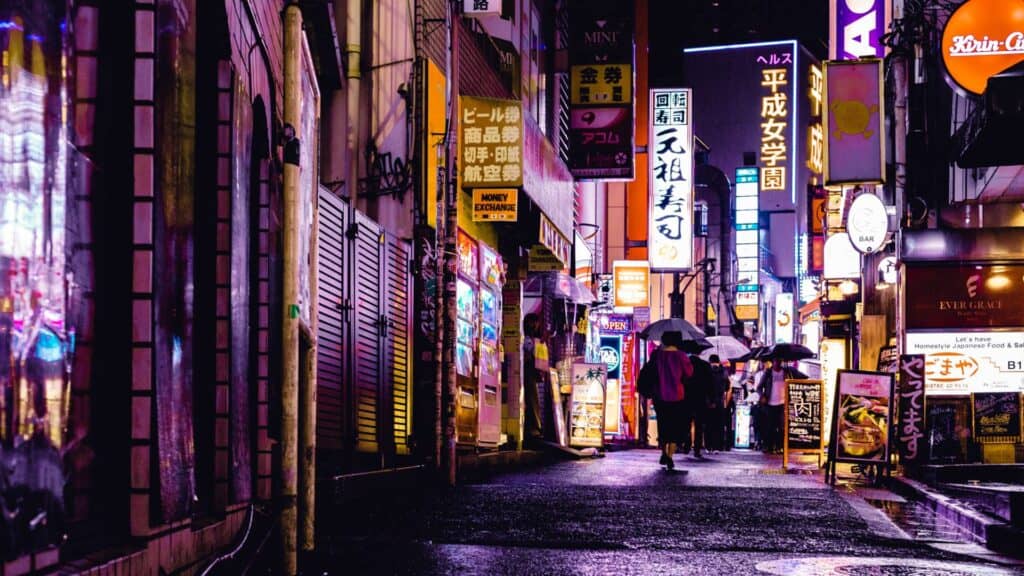
Shibuya Ward has evolved into a sub-centre centred around Shibuya Station. The city is also a hotspot for young people, renowned as a fashion hub and adorned with attractions that draw many tourists.
It’s also a bustling commercial district boasting commercial facilities and fashion-related firms, alongside an upscale residential enclave. This segment spotlights the initiatives of the Shibuya Ward Office, which holds a pivotal role in Shibuya Ward’s governance.

Shibuya stands as the world’s second busiest city by station passengers. In recent years, newly built complexes like Shibuya Scramble Square and Shibuya Parco have emerged, reigniting interest in the area as a nucleus for fashion, culture, and youth trends.
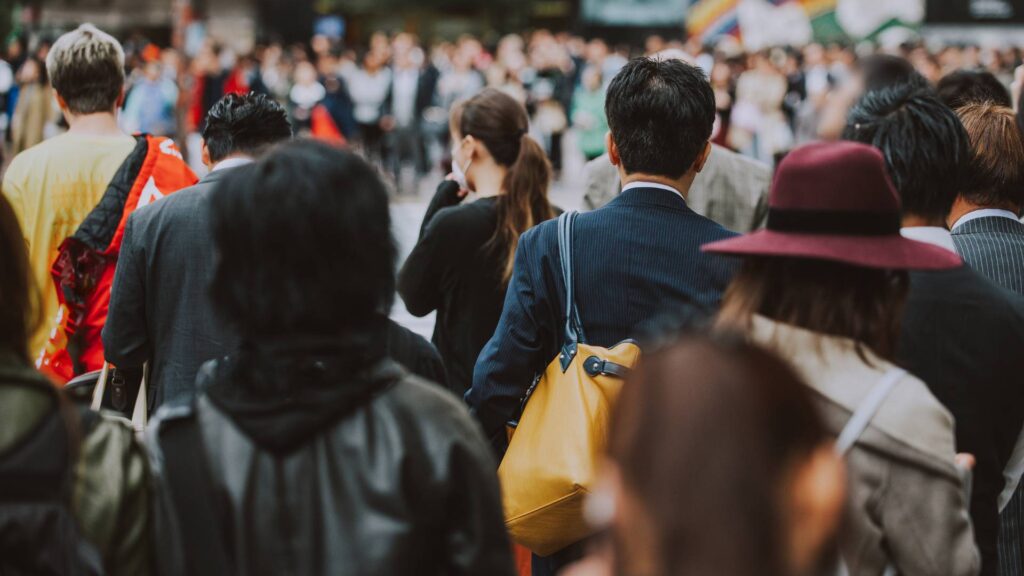
Shibuya hosts an extensive shopping district, part of the Yamanote sub-centres alongside Shinjuku and Ikebukuro. The district typically conjures an image of a lively enclave for young people, given that Shibuya and Harajuku are often the initial stops for foreign tourists seeking to immerse in Japan’s unique pop culture. From affluent residential zones to areas lined with municipal housing, Shibuya Ward embodies a fusion of diverse realms within its confines.
What to do in Shibuya Ward
Shibuya Scramble Square 渋谷スクランブルスクエア
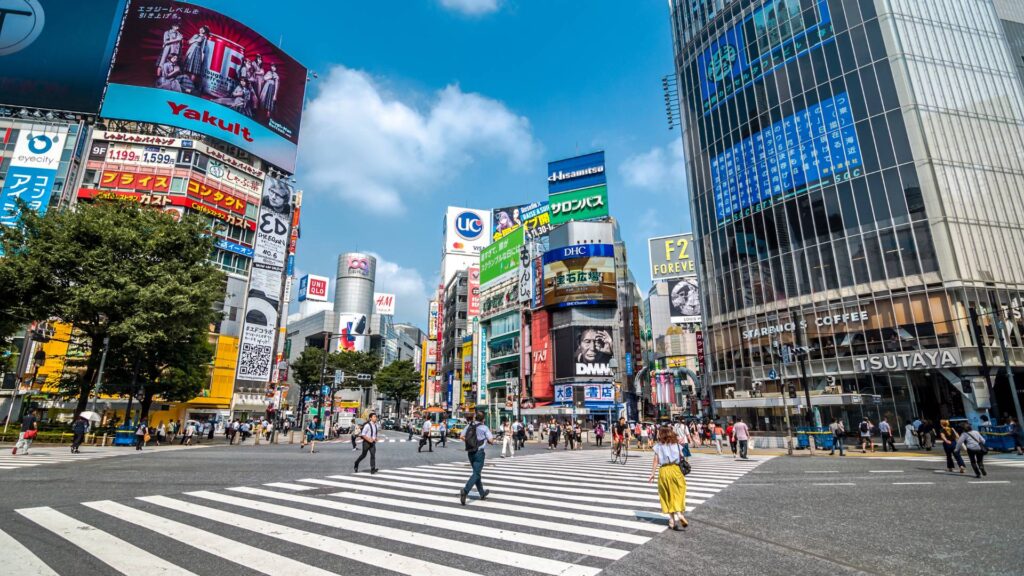
Shibuya Scramble Square emerged in front of Shibuya Station on November 1, 2019. The complex spans from 2 basement floors to 45 floors, plus the rooftop, reaching approximately 229.7 meters in height, making it one of the tallest buildings in the Shibuya Station area. Commercial facilities occupy the 2nd basement to the 14th floor, housing a total of 213 stores and restaurants. The interior boasts spaciousness, with the fashion floor exuding a trendy street store ambiance.
Additionally, “SHIBUYA SKY” encompasses three zones: the “SKY GATE” transitional space from the 14th to 45th floors, the “SKY STAGE” outdoor observation area, and the “SKY GALLERY” indoor observation corridor on the 46th floor, offering visitors a 360-degree panoramic view of the Shibuya area from approximately 230 meters above ground.
Find out more about Shibuya Scramble Square here on Google maps.
Shibuya Parco 渋谷PARCO
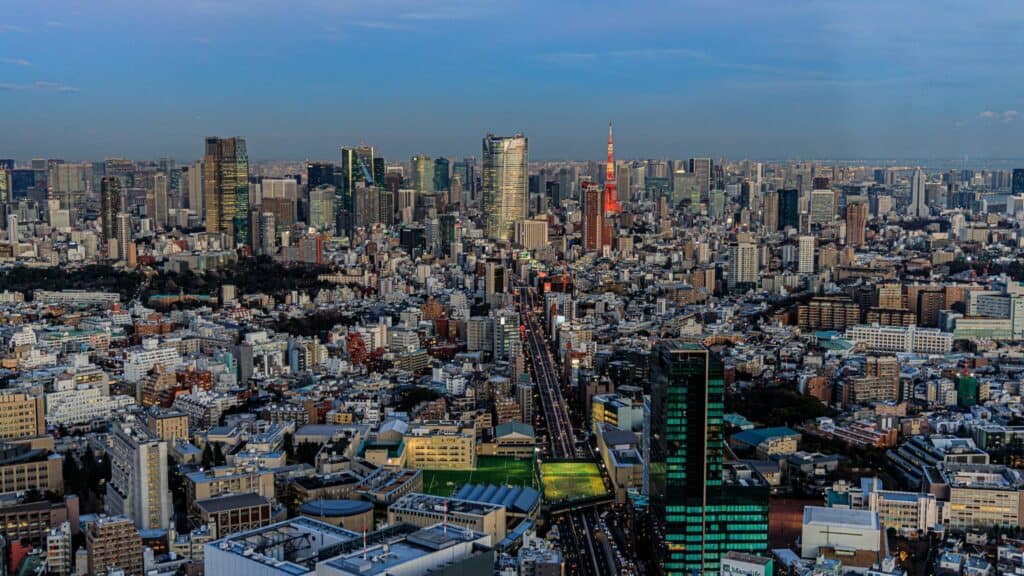
Shibuya PARCO, which temporarily closed in 2016, reopened on November 22, 2019, as the new “Shibuya PARCO,” focusing on five concepts: fashion, art & culture, entertainment, food, and technology. The establishment hosts a total of 193 stores. The first floor showcases high-end brands akin to street stores such as Gucci and Loewe.
The sixth floor, a hub for Japanese culture, features notable attractions like Nintendo TOKYO and Pokemon Center Shibuya, alongside “Touken Ranbu Manya Honpo,” a popular destination mainly among women. Moreover, the 8th floor accommodates a movie theater and a theatre, while the basement floor, themed around “food, music, and culture,” offers a lively mix of 21 restaurants, record stores, and festival goods outlets.
Find out more about Shibuya Parco here on Google maps.
Shibuya FUKURAS 渋谷フクラス
Shibuya FUKURAS houses all 69 stores of Tokyu Plaza Shibuya, targeting mature adults, alongside other commercial and office facilities. A highlight is the rooftop garden “SHIBU NIWA” on the 17th floor, providing a panoramic view of the Shibuya area. Visitors can indulge in the scenic vista of the scramble crossing and Shibuya cityscape while dining at establishments like CÉ LA VI, a comprehensive entertainment restaurant making its debut in Japan. Additionally, the first floor accommodates “shibuya-san,” a tourist information facility with foreign staff serving as tourist concierges, and a bus terminal servicing express limousine buses to and from Haneda and Narita airports.
Find out more about Shibuya FUKURAS here on Google maps.
Hikarie

Shibuya Hikarie, inaugurated in 2012 as a cultural and informational landmark in Shibuya, stands directly connected to Shibuya Station, offering shelter from rainy days for commuters using JR or the subway. Alongside fashion and cosmetics outlets, this commercial complex features restaurants, cafes, and the musical theatre “Tokyu Theater Orb,” divided into six areas.
Find out more about Hikarie here on Google maps.
Shibuya Stream 渋谷ストリーム

Shibuya Stream, established in September 2018 on the former railway tracks of Shibumi Station on the Toyoko Line, comprises around 30 restaurants, a hotel, an event hall accommodating about 700 people, and offices. The first floor presents a vast open plaza ideal for leisurely meals while observing passersby. The second floor, themed around “Shibuya Custom Street,” hosts a diverse range of restaurants, including Italian, French, Japanese, and ethnic cuisines, with many stores introducing new brands or debuting in Shibuya for the first time.
Find out more about Shibuya Stream here on Google maps.
Hachikō Memorial Statue 忠犬ハチ公像

The statue of Hachiko, situated just outside the Hachiko Exit of JR Shibuya Station, replicates the Akita Hachiko statue, symbolising fidelity as it waited for its deceased master for nine years in the 1920s. Today, it serves as Shibuya Station’s most renowned meeting point, frequented by numerous visitors daily. Positioned in front of the Shibuya Scramble Crossing, with easy access to Shibuya Center Gai and Shibuya Parco, the statue attracts substantial crowds, particularly in the evening. Hence, daytime is recommended for leisurely viewing and photography.
Find out more about Hachikō Memorial Statue here on Google maps.
SHIBUYA 109

Shibuya 109, a shopping destination in Shibuya, draws around 35,000 visitors on holidays. Housing over 100 stores, including popular fashion brands, accessory outlets, cosmetics stores, cafes, and restaurants, Shibuya 109 now offers a diverse range of fashion styles, from cute to casual to sexy, across its floors, catering to varied preferences. Some stores offer budget-friendly items, making it an ideal destination for bargain hunters.
Find out more about SHIBUYA109 Shibuya Store here on Google maps.
Shibuya Center-Gai 渋谷センター街
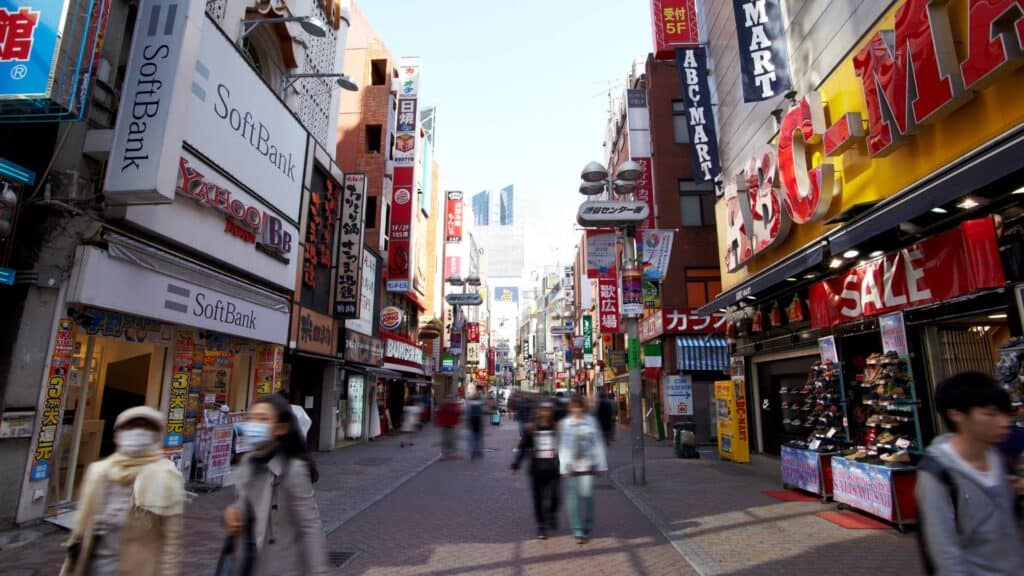
Beyond the Shibuya Scramble Crossing lies the epicentre of Shibuya, where youth culture, fashion, and music converge. Extending from the arcade area in front of Shibuya Station to Udagawa-dori and Bunka-dori to Dogenzaka-dori, this area, delineated by Shibuya Center-gai into six blocks, is replete with assorted stores and dining options, including numerous take-out joints, making it a culinary delight.
The main street, characterised by fast-fashion and chain stores, pulsates with lively music, infusing an invigorating ambiance. Large stores like Tokyu Hands, Loft, and Shibuya Parco further enrich Shibuya Center Street.
Find out more about Shibuya Center-Gai here on Google maps.
Shibuya Scramble Crossing
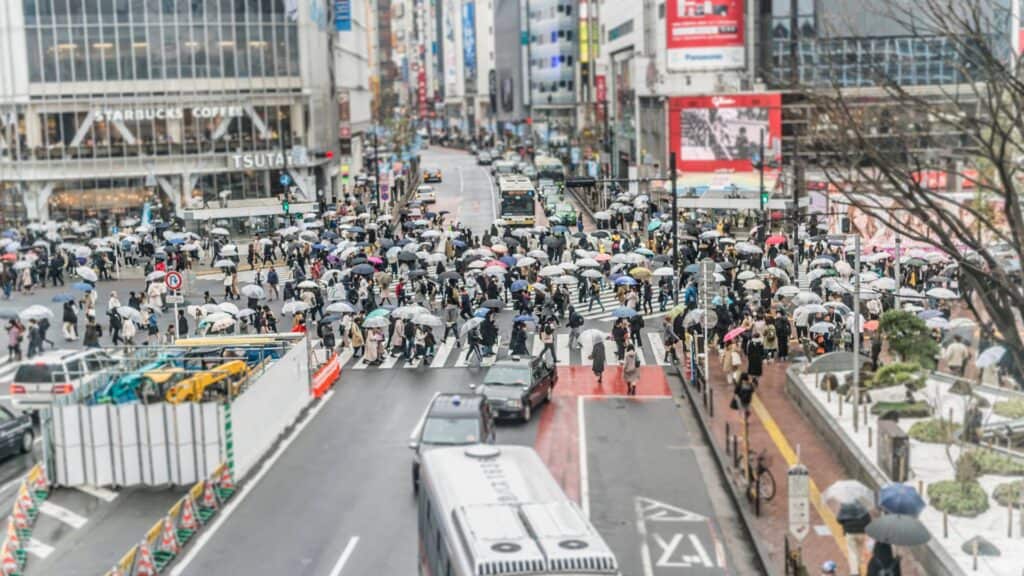
Boasting over 1,000 simultaneous pedestrians, the Shibuya Scramble Crossing ranks as the world’s busiest intersection. With 10 lanes and 5 pedestrian crossings intersecting, the synchronized movement of people crossing upon the light’s signal change is a spectacle, drawing admiration from overseas tourists.
Surrounding buildings flaunt large screens, serving as prime spots for announcing new products, movies, animations, and more. However, given the rapid change of traffic lights, visitors are advised to be swift while crossing. During events such as the New Year’s Eve countdown and Halloween, the area experiences a surge in footfall, creating a lively atmosphere.
Find out more about Shibuya Scramble Crossing here on Google maps.
Miyashita Park
In July 2020, Miyashita Park underwent a transformation, emerging as a multifaceted facility blending a park, commercial establishments, and a hotel. Nestled between Shibuya and Harajuku, this facility offers not only park amenities but also shopping and dining experiences.
The park inherits a beloved skate park facility, now accompanied by a new bouldering wall and a multi-purpose exercise facility. The shop area, featuring approximately 90 stores ranging from high-end brands to apparel outlets, record stores, shared offices, and a drinking alley, enriches the cultural landscape. The open space, coupled with the park, facilitates diverse activities such as shopping, dining, sports, and events like fashion shows, presenting Shibuya as a city of diversity.
Find out more about Miyashita Park here on Google maps.
Events in Shibuya
Kaneo Hachimangu Grand Festival 金王八幡宮例大祭
Held annually in September, the Kaneo Hachimangu Grand Festival is a traditional Shinto festival held at the Kaneo Hachimangu Shrine in Shibuya. The festival celebrates the shrine’s deity, Hachiman, the god of war and divine protector of warriors. Visitors can witness vibrant processions featuring mikoshi (portable shrines) carried through the streets by devotees in traditional attire. The festival also features ceremonial rituals, music, dance performances, and food stalls offering traditional Japanese snacks. It’s a colourful and festive event that provides a glimpse into Japan’s rich cultural heritage.
Yoyogi Hachimangu Grand Festival 代々木八幡宮大祭
Held annually in May, the Yoyogi Hachimangu Grand Festival is another significant Shinto event held at the Yoyogi Hachimangu Shrine in Shibuya. Dedicated to Hachiman, the god of war and guardian of warriors, this festival features lively processions, ceremonial rituals, and traditional performances. Visitors can enjoy taiko drumming, kagura (sacred dance), and other cultural displays. The festival also offers opportunities to sample delicious street food and purchase souvenirs from local artisans. With its vibrant atmosphere and cultural significance, the Yoyogi Hachimangu Grand Festival is a highlight of Shibuya’s event calendar.
Living in Shibuya Ward
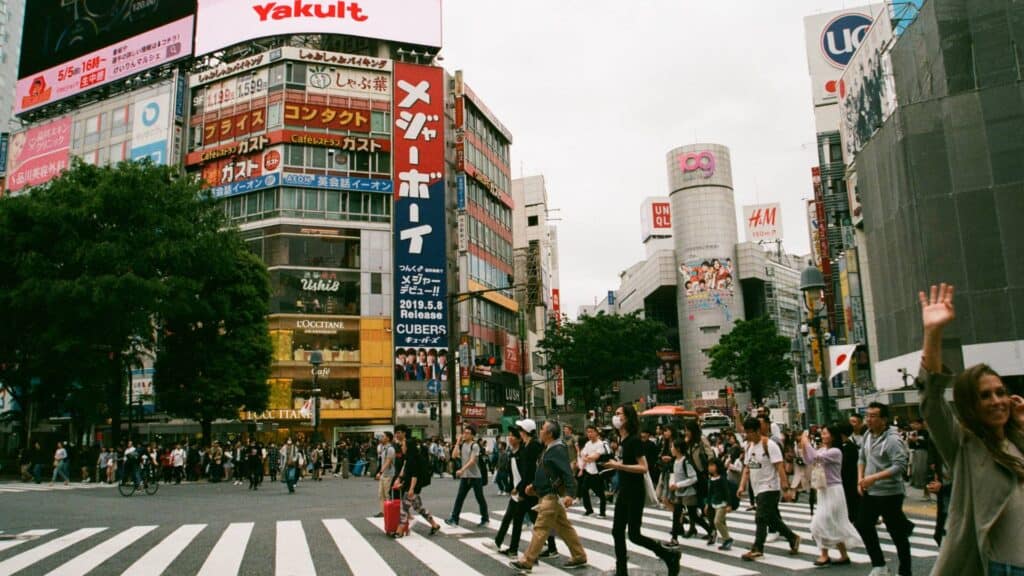
Perhaps it’s the vibrant nexus of pop culture and commerce in Shibuya and Harajuku, or maybe it’s the distinctive “shibuya-ness” saturating the entire Shibuya Ward, exuding an air of frivolity and a penchant for the latest trends, that magnetises those with a keen eye for what’s hot.
Harajuku caters to teens, Ebisu to the over-30 crowd, and Daikanyama to young entrepreneurs carving their niche in the IT sector, positioned as a satellite of fashion hubs for the socially savvy, eager to curate their online presence, often on platforms like Instagram. Shibuya, nestled in the valley’s heart, pulsates as the epicentre of a pop culture realm, perpetually absorbing the vigour of the “conscious” demographic.
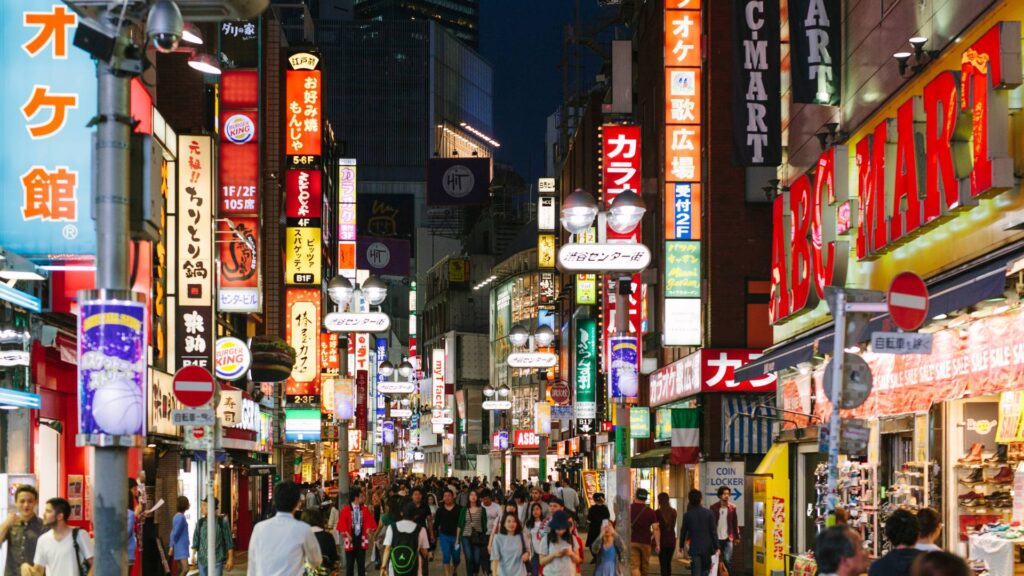
Yoyogi-hachiman and Yoyogi-uehara, nestled across Yoyogi Park from Shibuya, also draw the “conscious” crowd, boasting numerous chalet cafes adorned with chic signage.
However, along the Keio Line, Shibuya Ward’s vibe starkly contrasts with this “shibuya” atmosphere. Areas like Hatsudai, Hatagaya, or Sasazuka remain untouched by the latest trends, instead serving as havens for elderly residents dwelling in modest flats and municipal housing. Were it not for these locales within Shibuya Ward, the average annual income of its residents would mirror that of Minato Ward.
History of Shibuya Ward
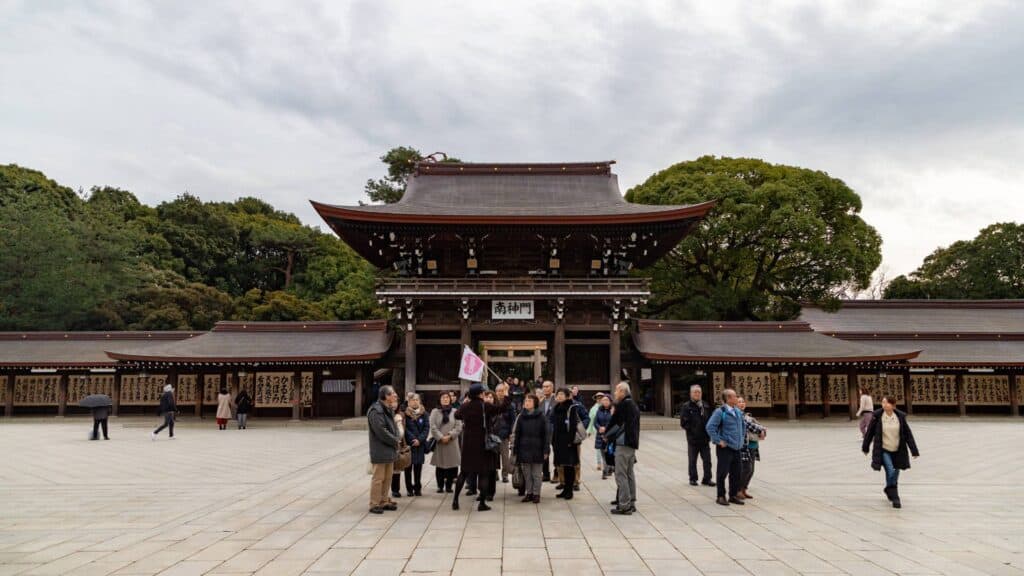
Shibuya Ward was established in 1932 through the merging of of Shibuya-cho, Sendagaya-cho, and Daitohata-cho. Renowned as the domicile of the Tokyu Group, it was meticulously developed into an upscale residential enclave, emulating the success of the Hankyu Corporation, thus earning a highly esteemed reputation. The rugged topography, reminiscent of a golf course, is reflected in place names such as Shibuya and Daikanyama.
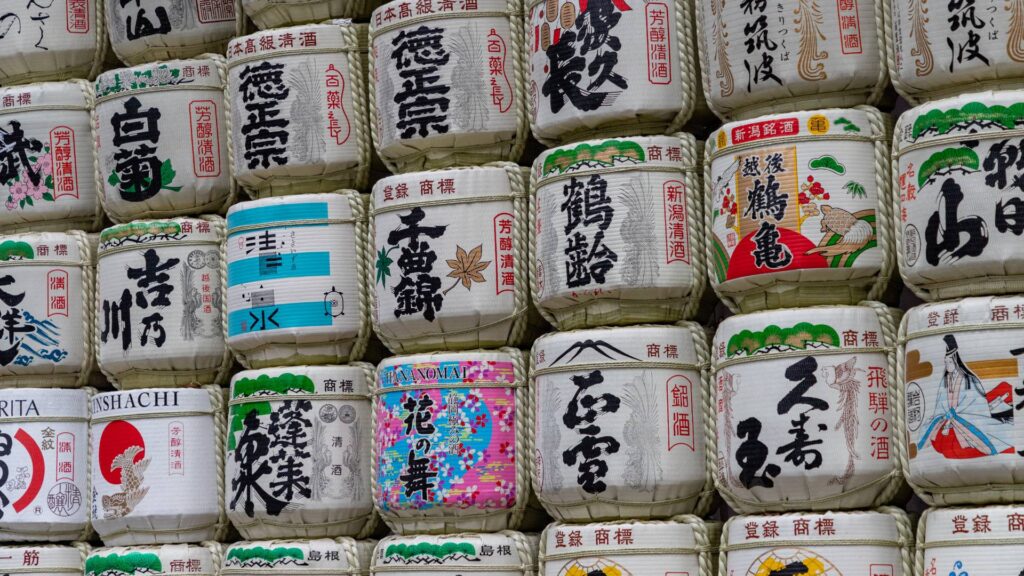
Hatsudai, though geographically adjacent to Shinjuku, is commonly associated with Shinjuku-ku. Similarly, Yoyogi and Sasazuka are often mistaken for being part of Shinjuku-ku due to their proximity to Shinjuku Station and their designation as the first station on the Toei Shinjuku Line, respectively.
Despite popular belief, Harajuku is not officially recognised as “Harajuku-ku”; it lacks town names such as Harajuku or Takeshita, with only locals and builders referring to it as Jingumae. However, in reality, sections of Shinjuku-ku have been incorporated into Shibuya-ku, with half of Shinjuku Station situated within Shibuya Ward.
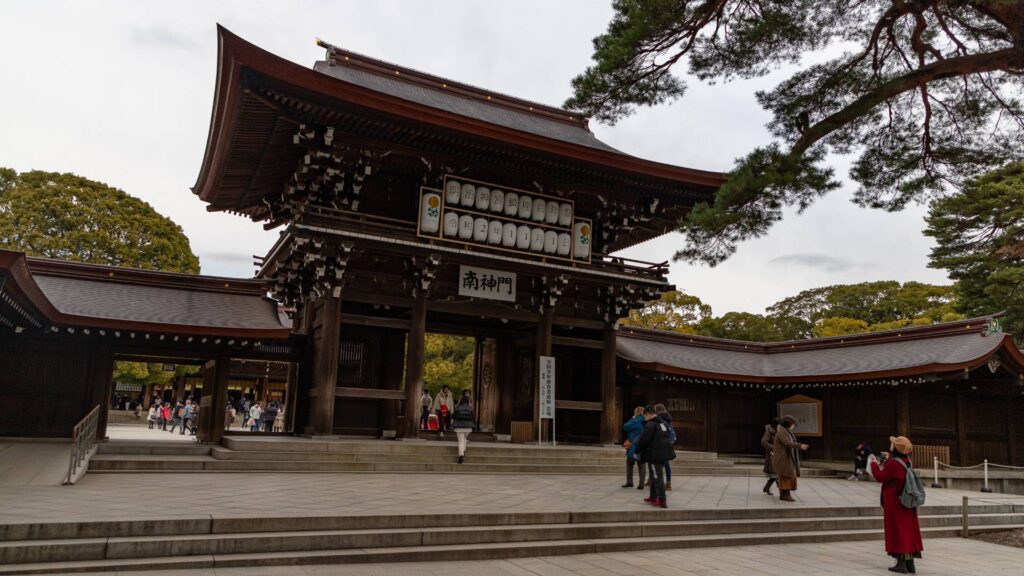
Adjacent to Opera City, the Fudo-dori shopping street, though nestled within the same Shibuya Ward, exudes a sense of solitude, contrasting sharply with its bustling surroundings. Moreover, beyond Jingumae, Hiroo, renowned for its numerous embassies, and Shoto, favoured by celebrities and dignitaries, stand out as some of Tokyo’s most affluent residential areas. Hiroo, often erroneously perceived to be in Minato Ward, boasts a prestigious allure.
Areas in Shibuya Ward
Along the JR Yamanote Line and Sobu Line
Shibuya 渋谷

A Tokyo landmark drawing foreign tourists to witness its iconic scramble crossing, Shibuya Ward pulsates as an entertainment district celebrating Japanese pop culture. Shibuya is the focal point of the Tokyu Kingdom, with the Toyoko and Denentoshi lines extending from here to the suburbs.
Ebisu 恵比寿
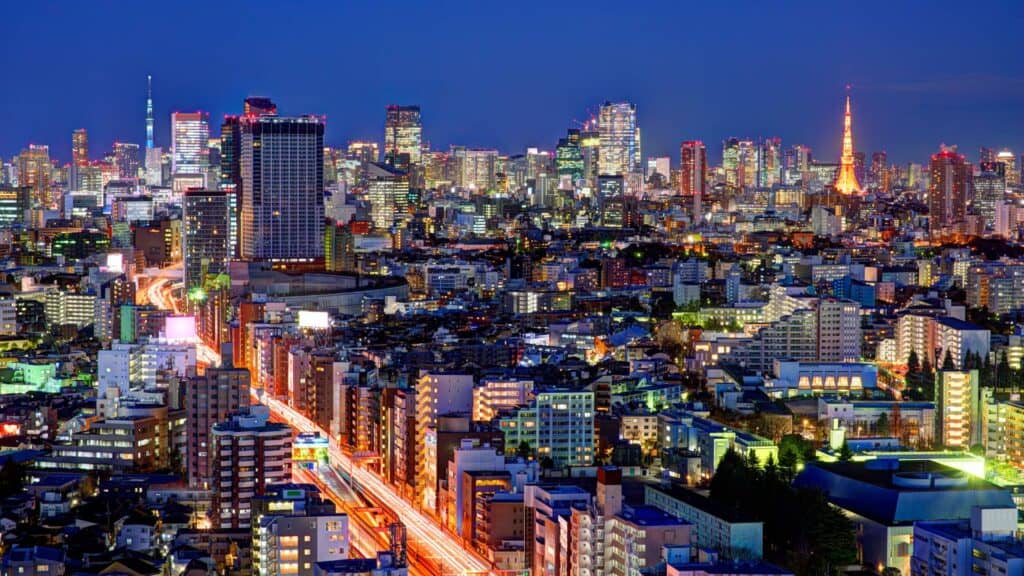
Once a brewery town, Ebisu has evolved into a fashionable neighbourhood since the redevelopment of Garden Place. Despite regularly being lauded as one of the top places to live, Ebisu lacks a distinct sense of lifestyle.
Harajuku 原宿

As you may know, Harajuku is the epicentre of Japanese teen fashion. Takeshita-dori teems with stylish youth, junior high and high school students, and foreign tourists. Adjacent to the vast Meiji Shrine lies this bustling locale.
Yoyogi 代々木
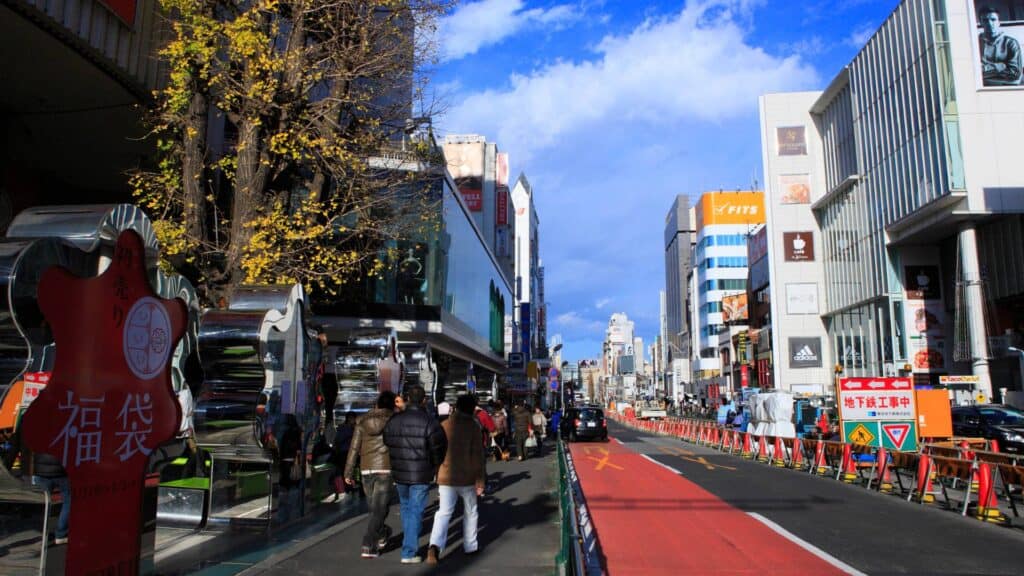
Yoyogi is now akin to an extension of Shinjuku Station. The area is renowned for its concentration of prep schools, notably Yosemi, yet it is also dotted with peculiar buildings one wouldn’t expect to find in 21st-century Japan, such as the Japanese Communist Party Central Committee Building and the Yoyogi Kaikan Building.
Sendagaya 千駄ヶ谷
Gone are the phantom ryokan districts erased before the 1964 Tokyo Olympics; the Kasumigaoka Apartments, demolished before the 2020 Tokyo Olympics; and the “sexuality” district glimpsed from the window of a yellow train. The bright red signboard of the “Central Clinic for Venereal Diseases,” once visible from those same train windows, remains a striking relic of the past.
Along the Subway Line and Tokyu Toyoko Line
Meiji Jingumae 明治神宮前

Across Meiji-dori from Teens Town Harajuku Takeshita-dori lies the highly conscious town of Aoyama and Omotesando. Ura-Harajuku on the culvert is also a chalet street. The Showa-era Harajuku housing complex on Killer Street is a mirage of the past.
Kitasando 北参道
A newly built station on the Fukutoshin Line, Kitasando is not located in Sendagaya, Yoyogi, or Harajuku, but rather in the middle, within Shibuya Ward.
Hiroo 広尾

National Azabu, an upscale supermarket for foreigners, boasts a superb gluten-free selection. Arisugawa-no-miya Memorial Park and the Tokyo Metropolitan Central Library within the park are also ideal spots for intellectuals. The contrast between these attractions and the alley of row houses stretching behind the shopping street in front of the station, along with the Toei Hiroo 5-chome Apartments, is striking.
Daikanyama 代官山
Daikanyama, a conscious town on the Toyoko Line, rivals Aoyama and Omotesando. It is a place where the affluent, who can afford to pay more than 1,500 yen for a sandwich or an organic café lunch, gather in the afternoon.
There are numerous intriguing general stores and shops selling high-end foreign products, as well as various chalet restaurants with a Western flair. The Daikanyama Tsutaya bookstore has become a new mecca for the conscious, serving as a popular hangout for nomadic workers.
Along the Odakyu Line and Keio Inokashira Line
Minami-Shinjuku 南新宿

Only one stop from Shinjuku Station on the Odakyu Line, Minami-Shinjuku is technically located in Yoyogi, Shibuya Ward, though the station is named otherwise. The famous Okunoyu public bathhouse, which used to be right in front of the ticket gate, is no longer in business.
Sangubashi 参宮橋
Close to the west entrance of Meiji Jingu Shrine, Sangubashi, like Minami-Shinjuku, has a somewhat shabby area in front of the station, but the nearby residential areas are a mix of mansions and ramshackle wooden apartments.
Yoyogi-Hachiman 代々木八幡

Situated in front of Yoyogi Park, Yoyogi-Hachiman is close to the former Yoyogi-cho, an upscale residential area, and Tomigaya and Kamiyamacho. There are many chalet cafes featuring American-style signage, likely due to the fact that Yoyogi Park used to be a U.S. military housing area.
Yoyogi Uehara 代々木上原
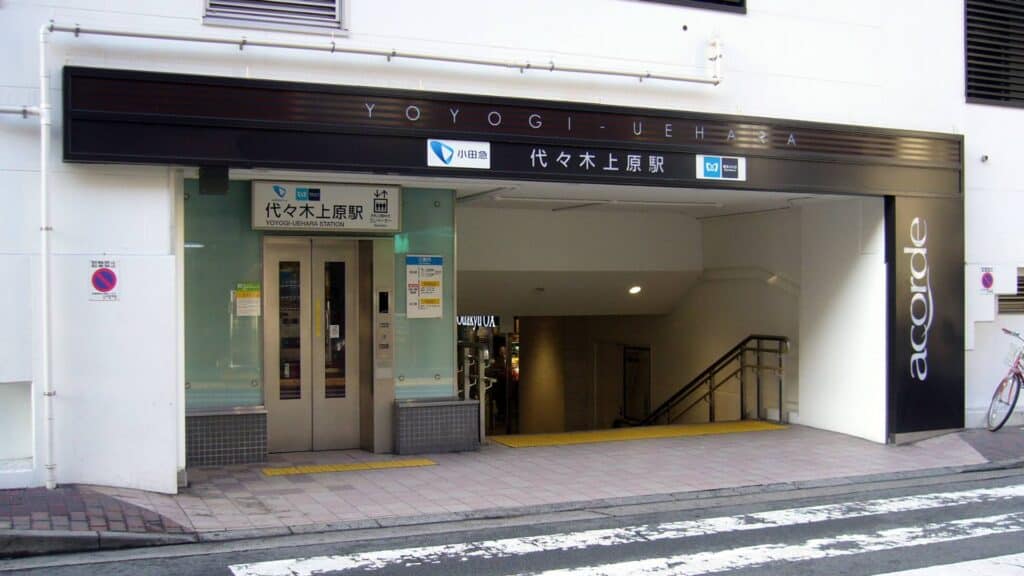
Connected by the Chiyoda subway line, Yoyogi Uehara features many upscale residential areas such as Oyamacho and Nishihara, a candle shop run by a husband-and-wife team, and numerous chalet cafes. Inokashira-dori Avenue is home to a copyright racketeering organisation and a full-scale mosque tower.
Shinsen 神泉
The next station from Shibuya is Shinsen, also within walking distance. Maruyamacho, a love hotel district, exudes an adult atmosphere.
Along the Keio Line and Toei Oedo Line
Hatsudai 初台
This station can only be reached via the Keio New Line, which is directly connected to the Toei Shinjuku Line. Tokyo Opera City is the town’s landmark, but the shopping district has a distinctly downtown feel. The Hatsudai Super Department Store is in its final days. The Fudo-dori shopping street at the north exit exudes downtown vibes.
Hatagaya 幡ヶ谷

Like Hatsudai, this is also a Keio New Line station. The rows of municipal housing along the waterworks road past the Rokugodori shopping street in front of the station are a sight to behold. This is where the famous Toru Hashimoto spent his childhood in Tokyo.
Sasazuka 笹塚
Although modest for being only one stop from Shinjuku on the Keio Line, the Jugo-dori shopping street is thriving and is a good place to live and work. The group of municipal residences along Suido Road mentioned earlier continues on to Sasazuka.
Nishi-Shinjuku 5-chome 西新宿五丁目

This station is the closest to a part of Honmachi, Shibuya Ward, an area that appears like a corner on the northwestern edge of Shibuya Ward. The living area and the tired streets are closer to Nakano Ward than to Shibuya Ward.
Accommodations in Shibuya City Ward
The Millennials Shibuya (2 Stars)

Situated in Tokyo, 400 m from Hachiko Statue, The Millennials Shibuya is an adult-only accommodation. Popular points of interest nearby include NHK Studio Park, Shibuya Centre Town, and Meiji Jingu Shrine. Nezu Museum is 1.6 km from The Millennials Shibuya. The nearest airport is Tokyo Haneda Airport, 13 km from the accommodation.
Shibuya Stream Excel Hotel Tokyu (4 Stars)
Located in Tokyo, 500 m from Konno Hachimangu Shrine, Shibuya Stream Excel Hotel Tokyu provides accommodation with a bar and private parking. The property is close to popular attractions like Shibuya Mark City, Hachiko Statue, and Shibuya Centre Town. Popular points of interest near the accommodation include Moyai Statue, Shibuya Scramble Crossing, and the Ancient Egyptian Art Museum.
Trunk Hotel (4 Stars)
Located an 11-minute walk from JR Shibuya Station, Trunk (Hotel) offers free WiFi throughout the property. A bar and two dining options are available at this non-smoking hotel. A designated smoking area is provided on-site. Meiji Jingu Shrine is an 11-minute stroll from Trunk (Hotel), while Roppongi Hills is a 10-minute drive away. Nezu Museum can be reached with a 15-minute bus ride and walk.
Sequence MIYASHITA PARK / SHIBUYA (4 Stars)
Situated in Tokyo, within 200 m of Shidax Culture Hall and 300 m of the Ancient Egyptian Art Museum, Sequence MIYASHITA PARK / SHIBUYA features a bar. Popular points of interest near Sequence MIYASHITA PARK / SHIBUYA include Shikisai Museum, Magnet by Shibuya 109, and Shibuya Scramble Crossing. The nearest airport is Tokyo Haneda International Airport, 26 km from the hotel.
Cerulean Tower Tokyu Hotel, A Pan Pacific Partner Hotel (5 Stars)
The Cerulean Tower is just a 5-minute walk away from Shibuya Station, providing access to many train and subway lines. From there it is a 2-minute train ride to Harajuku and the Meiji Jingu Shrine. Overlooking the greater metropolitan area, all rooms are located on the 19th floor and above. Guests at Tokyu Hotel Cerulean Tower can unwind in the sauna or hot tub, or enjoy a treatment in the beauty salon. The many other facilities include a pastry shop and a nursery.
Shibuya Hotel En (3 Stars)
The property is located just a 7-minute walk away from Shibuya Station. Shibuya Hotel En is situated amidst shops and restaurants, while Shibuya Station offers many public transport connections. It is a 5-minute walk to the 109 Building and Shibuya Scramble Crossing, and a 15-minute walk to Yoyogi Park.
Shibuya Granbell Hotel (3 Stars)
The famous Shibuya Scramble crossing and 109 Building are about 500 m away, and Yoyogi Park is a 20-minute walk. Nearby Shibuya Station offers direct train access to Shinjuku and Harajuku in under 10 minutes. Narita International Airport is accessible via an 80-minute ride on the Narita Express train, from Shibuya Station. Featuring modern interpretations of Western motifs, rooms at the Shibuya Granbell Hotel are air-conditioned and include an en suite bathroom.
Almond Hostel & Cafe Shibuya (1 Stars)
Almond Hostel & Cafe is located in Tokyo, within a 3-minute walk from Yoyogikoen Station and Yoyogi-Hachiman Station. Shibuya can be reached via a 10-minute bus ride from the closest bus stop, while Shinjuku Station is 6 minutes away by train. Harajuku is a 20-minute walk away from the property.
HOTEL Lotus Shibuya (For Adults Only)
HOTEL Lotus Shibuya (Adult Only) features air-conditioned rooms with flat-screen TV in the Shibuya Ward district of Tokyo. The property is located 600 m from Hachiko Statue, 700 m from The Shoto Museum of Art, and 700 m from Toguri Museum of Art. Popular points of interest near the love hotel include Shibuya Centre Town, Shibuya Mark City, and Shibuya Scramble Crossing.
Discover the Charm of Shibuya Ward
What do you think about Shibuya Ward in Tokyo? Do you enjoy learning about the history and culture of this fascinating area? There is so much history and so many unique things to do in this local neighbourhood. If you’re interested in visiting, make sure to refer back to this blog for more information.

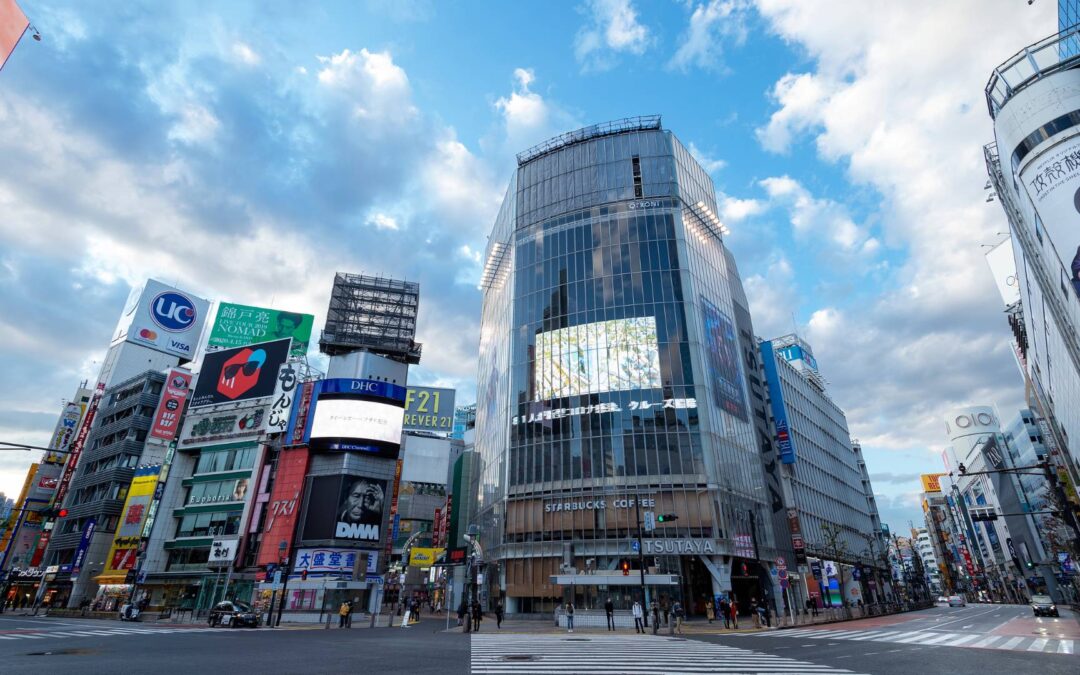
Trackbacks/Pingbacks